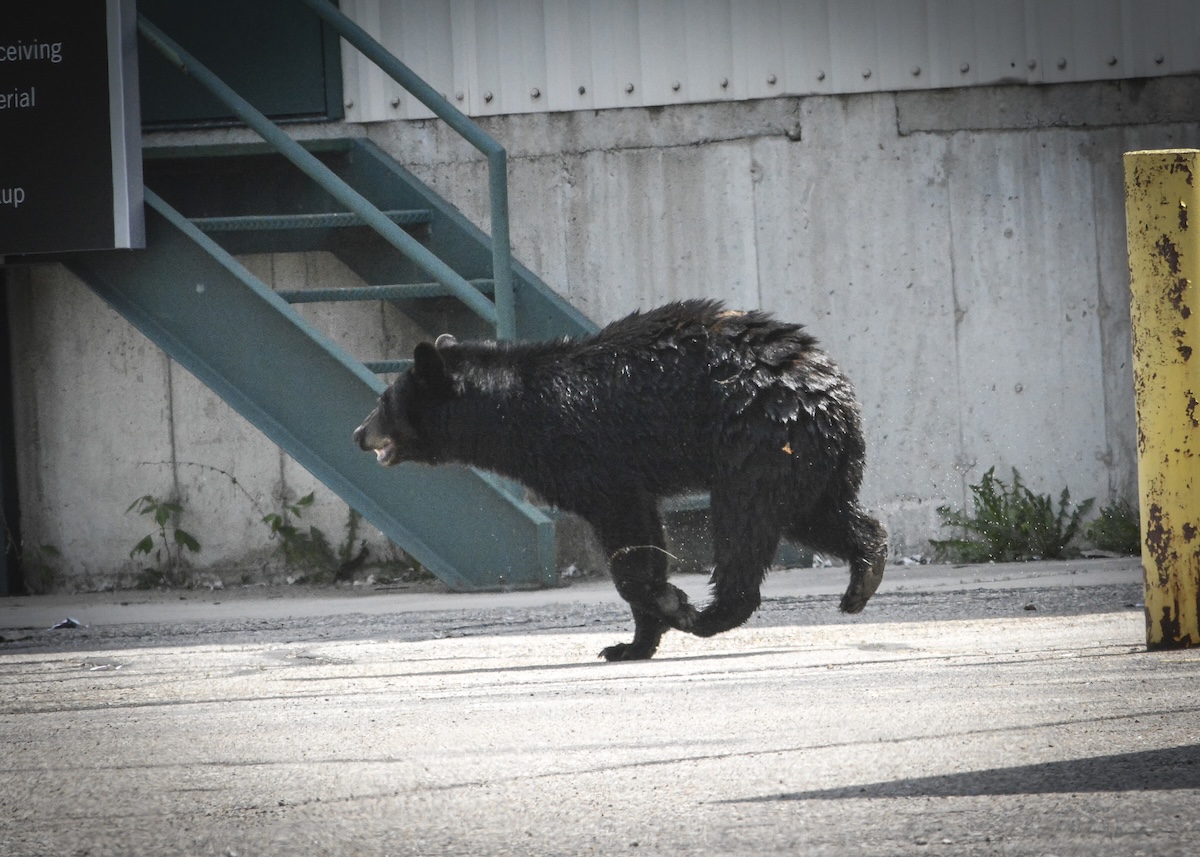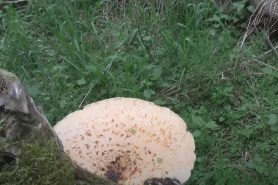

It may seem like the age of discovery has passed, but thankfully that’s far from true. Scientists are hard at work in their labs and out in the field, coming across “new” species more often than you might think, then documenting and describing these species for the scientific community and beyond.
Videos by Outdoors
Here are a handful of animal species that are new to science as of 2023.
Snail-Eating Snakes in Latin America
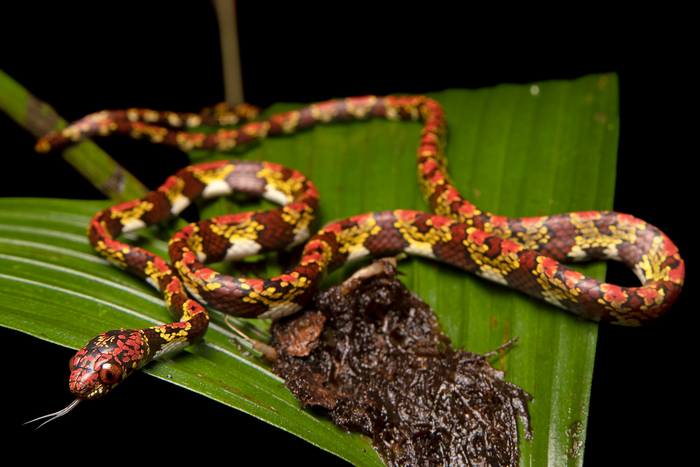
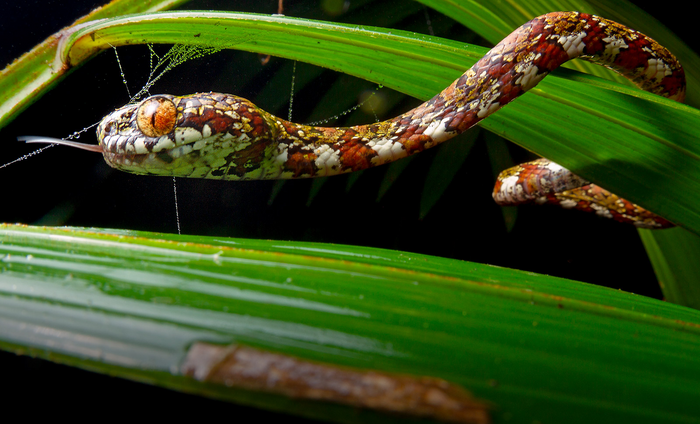
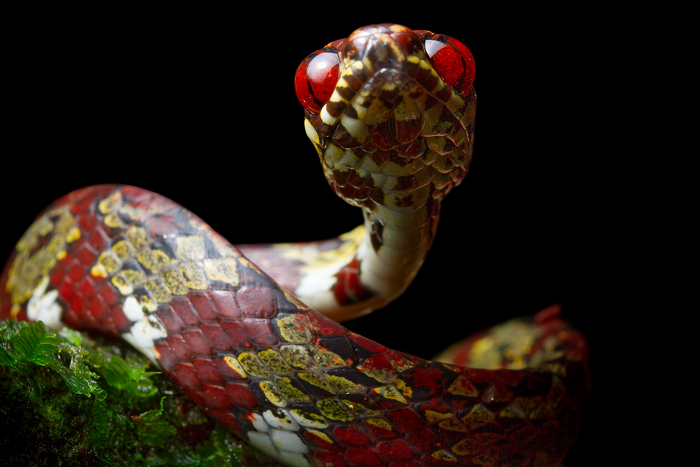
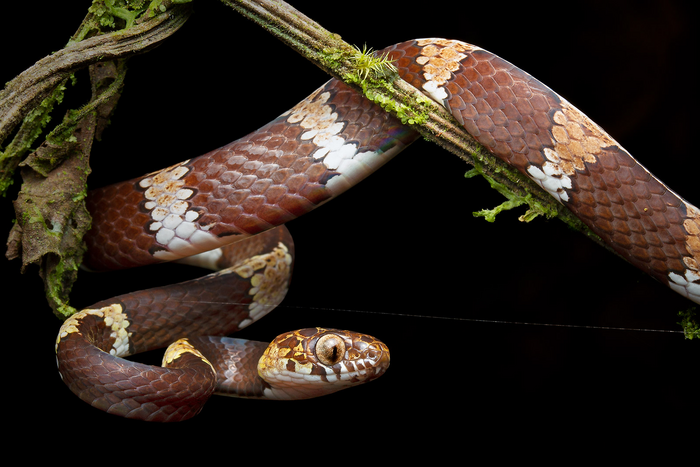
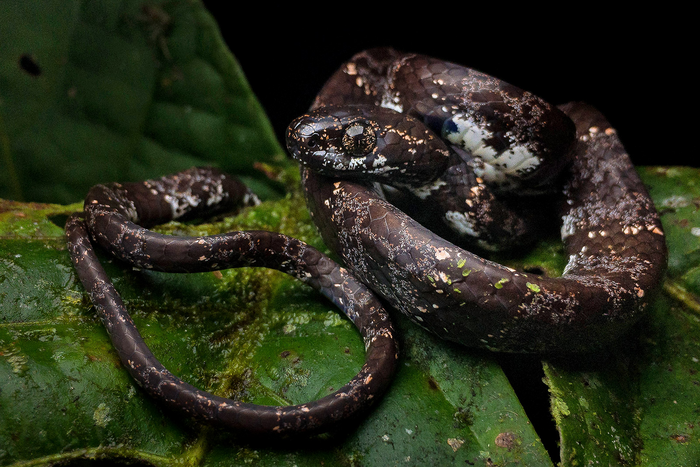
Early in 2023, scientists published research describing five new snake species from the rainforests of Latin America. One of the five is the DiCaprio’s snail-eating snake (Sibon irmelindicaprioae), a tree-dwelling, non-venomous snake with red-orange eyes that’s named in honor of Leo DiCaprio’s mother, Irmelin, at the actor’s request. Endemic to Panama, this rare snake defends itself by coiling and emitting a “musky and distasteful odor” when threatened.
The same expedition uncovered four other snakes in the jungles of Colombia and Ecuador, as well as Panama, including the striking Canopy snail-eating snake (Sibon Canopy), the Marley’s snail-eating snake (Sibon Marley), the Vieira’s snail-eating snake (Sibon Viarai), and the Welborn’s snail-eating snake (Dipsus wellborni). Several of these species, including the rare DiCaprio’s snake, are in danger due to deforestation and open-pit mining in Latin America.
Subterranean Mammals in Turkey
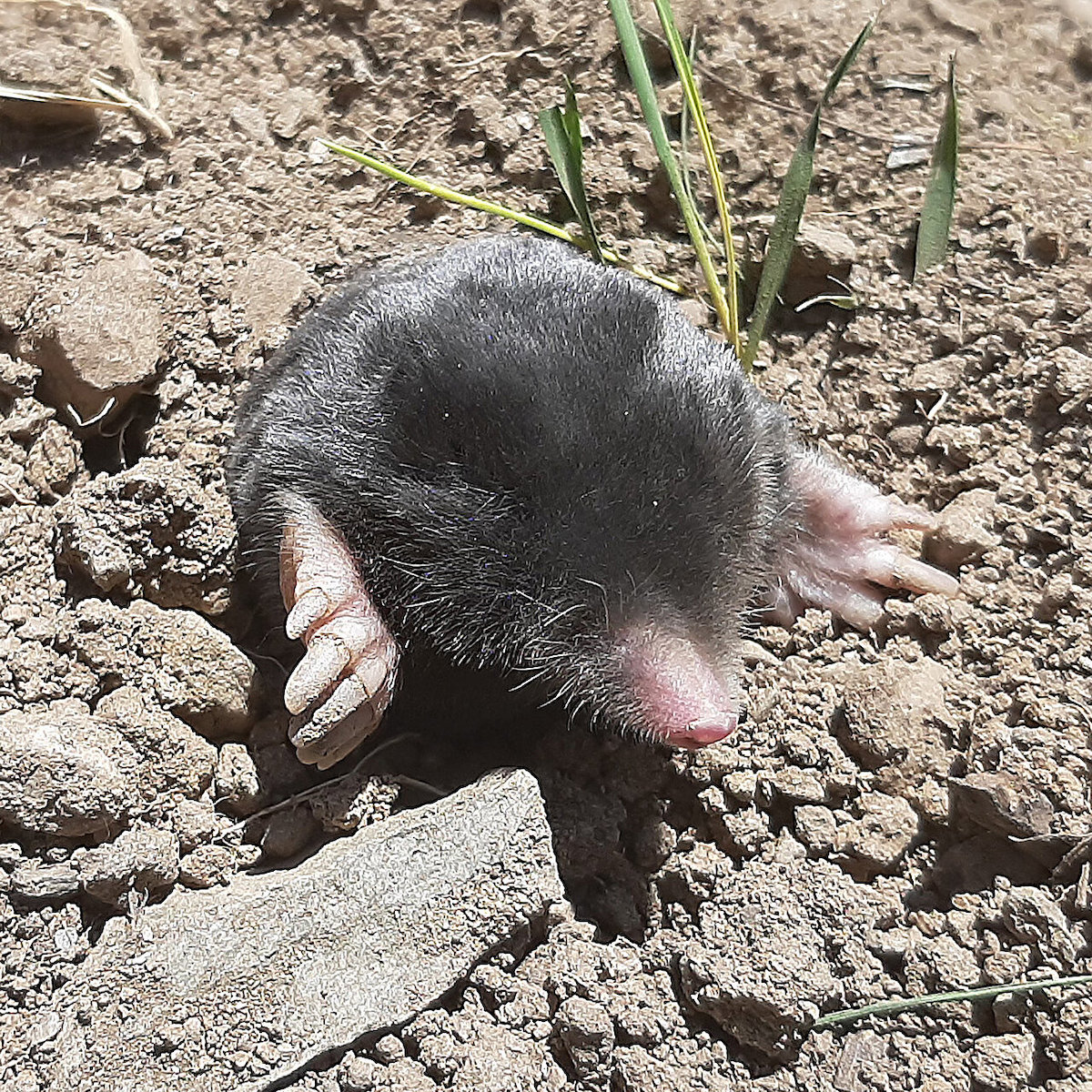
In eastern Turkey, a couple of small mammals have been living undetected by humans for centuries. In July, scientists published their discovery of two new mole species, Talpa hakkariensis and Talpa davidiana tatvanensis. The moles live underground, for the most part, even buried meters beneath snow during winter months. Researchers believe T.hakkariensis may be the largest mole species in Anatolia, which makes us wonder: how did it go undetected for so long?
A Parachute Gecko in India
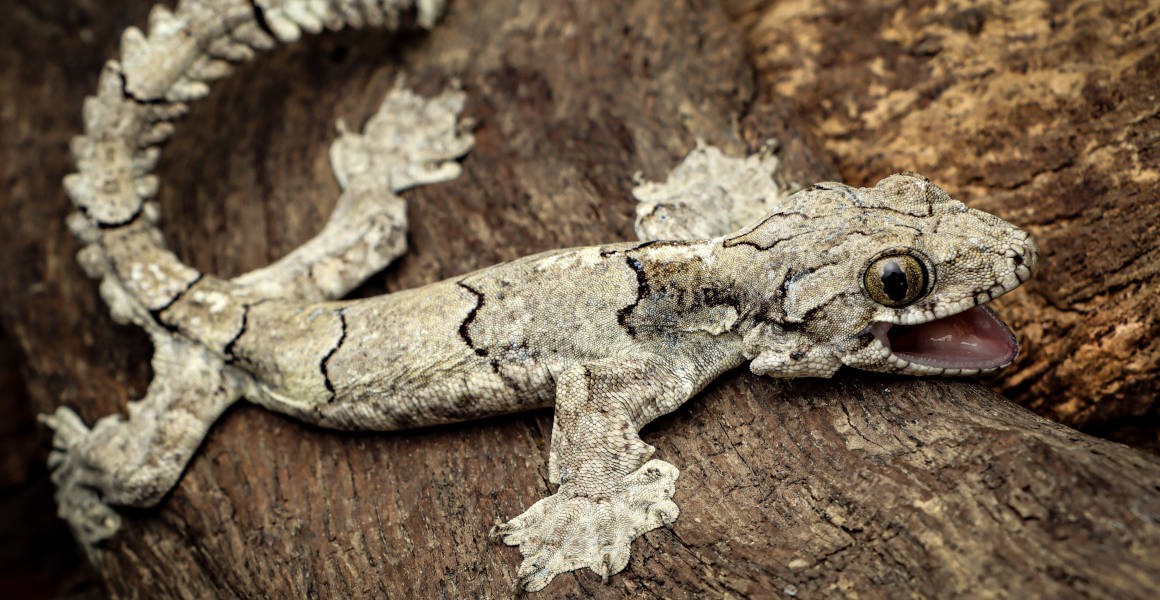
It’s not a bird or a plane, it’s a gliding gecko. And, if you’re in the right place at the right time, it may even be a new subspecies of gliding gecko called the Mizoram parachute gecko (Gekko mizoramensis). These nocturnal, tree-loving geckos are the wingsuit BASE jumpers of the animal world. To get from tree to tree, they leap, unfurl the skin flaps that connect their arms to their bodies, and glide through the air.
After realizing through careful study that the Mizoram parachute gecko was genetically distinct from its close relatives, researchers published their findings in April 2023.
The Cutest Little Squids
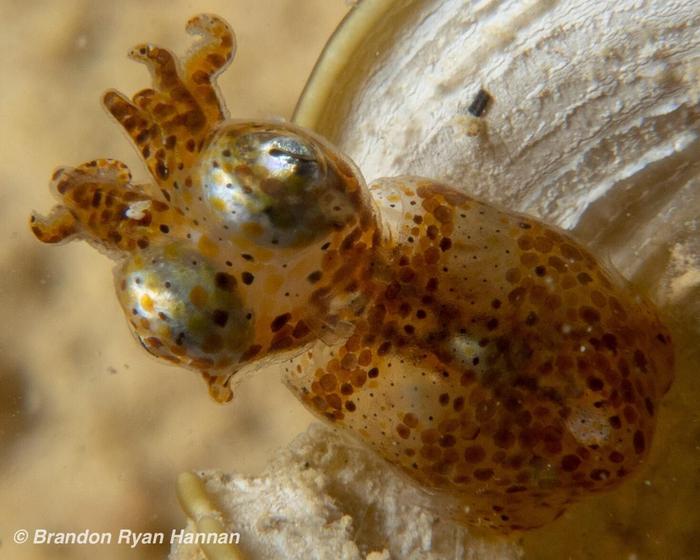
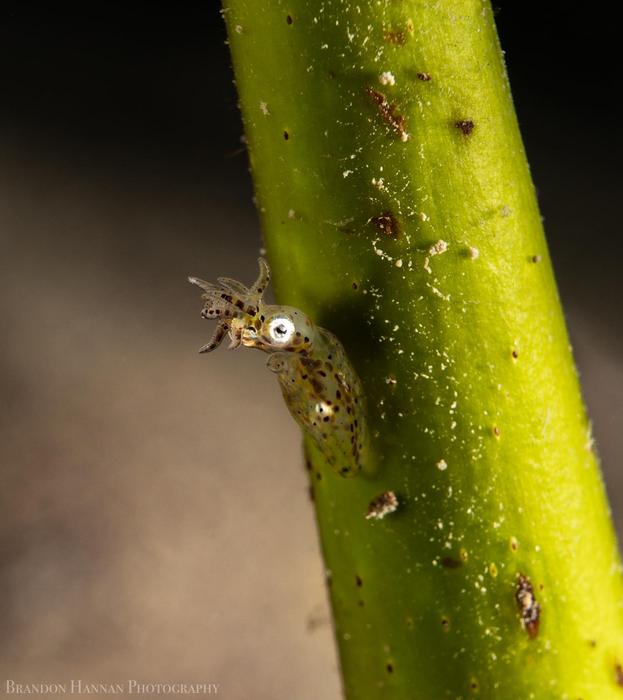
“Cute” may not be a scientifically accurate way to describe these two new pygmy squid species, but just look at them—they’re cute. Scientists discovered the Hannan’s pygmy squid (Kodama jujutsu) and the Ryukyuan pygmy squid (Idiosepius kijimuna) near Okinawa Island off the coast of Japan and shared their results in October.
The discovery of these pygmy squids is incredible, considering the largest specimen the researchers found was a mere 12 millimeters (1.2 cm) long. The pygmy squids live in shallow, near-shore habitats among corals and/or seagrasses. K. jujutsu’s scientific name reflects the martial-arts-like defensive posture the tiny squid takes when threatened.
A Vampire Wasp in the Amazon
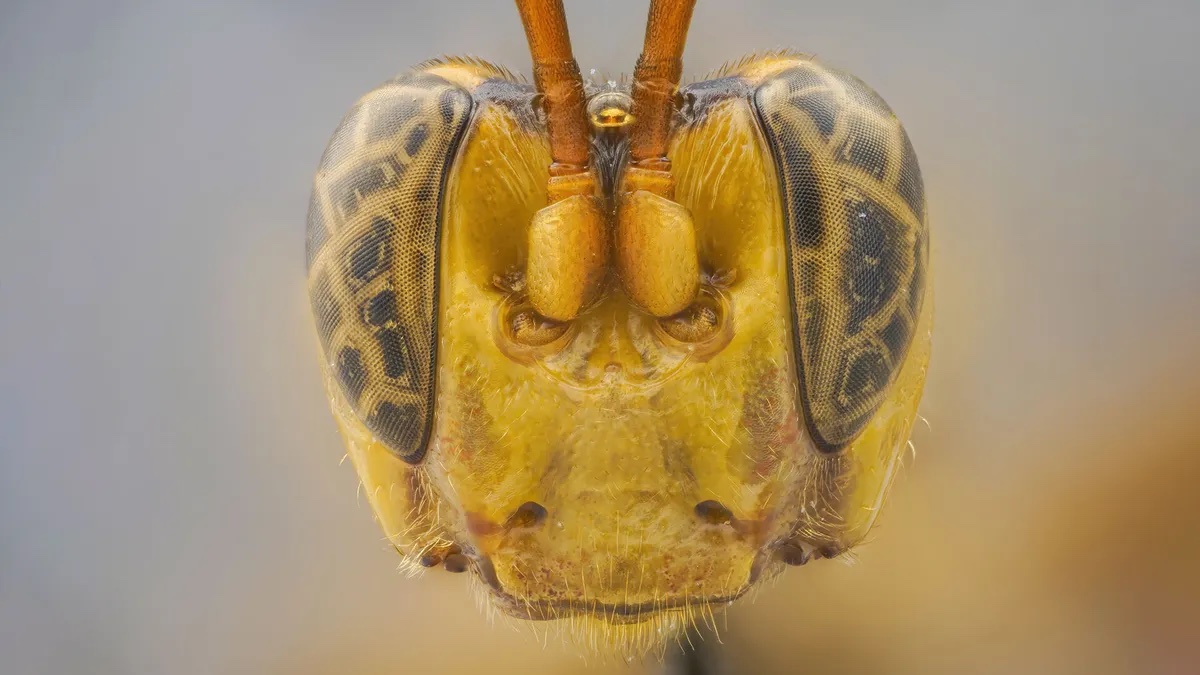
A horrifically interesting new species of wasp, the vampire wasp (Capitojoppa amazonica), was introduced to the scientific community this September. Found in the western Peruvian Amazon, vampire wasps are parasitic animals that lay their eggs (just one at a time) inside a host’s body, where the eggs incubate. After hatching, a vampire wasp larva eats its way out of the host’s body. Welcome to the jungle, indeed.
If there’s a silver lining here, it’s that C. amazonica wasps aren’t known to choose humans as hosts.
A Tree Frog in the Andes

In the Andes of Ecuador, little stream-breeding tree frogs, now known as Rio Negro stream tree frogs (Hyloscirtus tolkieni), were living a secret life in paradise. Found in Río Negro-Sopladora National Park, these tree frogs’ spectacled look inspired their scientific name H. tolkieni after fantasy author J.R.R. Tolkien.
Dr. Juan Carlos Sánchez Nivicela, a researcher with the Museum of Zoology of the Universidad San Francisco de Quito and the Instituto Nacional de Biodiversidad, described how he and his team explored Río Negro-Sopladora National Park for weeks. When they spotted this frog, the team noted it looked “impressive.” Turns out, they’d stumbled on something new and previously undescribed.
What incredible discoveries will scientists make in 2024? We can’t wait to find out.
CHECK OUT THESE OTHER YEAR-END STORIES FROM OUTDOORS.COM:
- The Year in Outdoors: A Look Back at 2023
- The Year in Outdoors: People of the Year 2023
- The Year in Outdoors: 2023 Saw Some Great New Gear—Here Are a Few Favorites
- The Year in Outdoors: Our Top 10 Stories in 2023 (Plus 10 You May Have Missed)
- The Year in Outdoors: New Mosses, Mushrooms, and Other Forest Things Discovered in 2023
- The Year in Outdoors: New Animal Species Discovered in 2023
- The Year in Outdoors: Our Favorite Creators, YouTubers, and Podcasters of 2023
- The Year in Outdoors: These Were Some of the Most Heartwarming, Epic, and Outrageous Outdoor Videos of 2023

